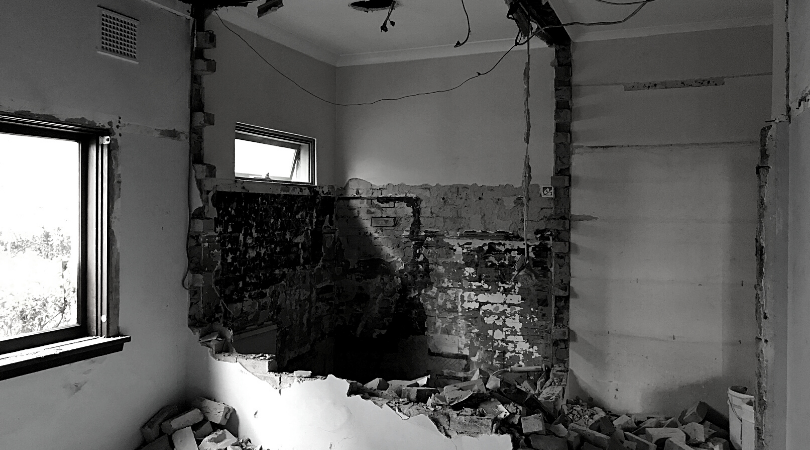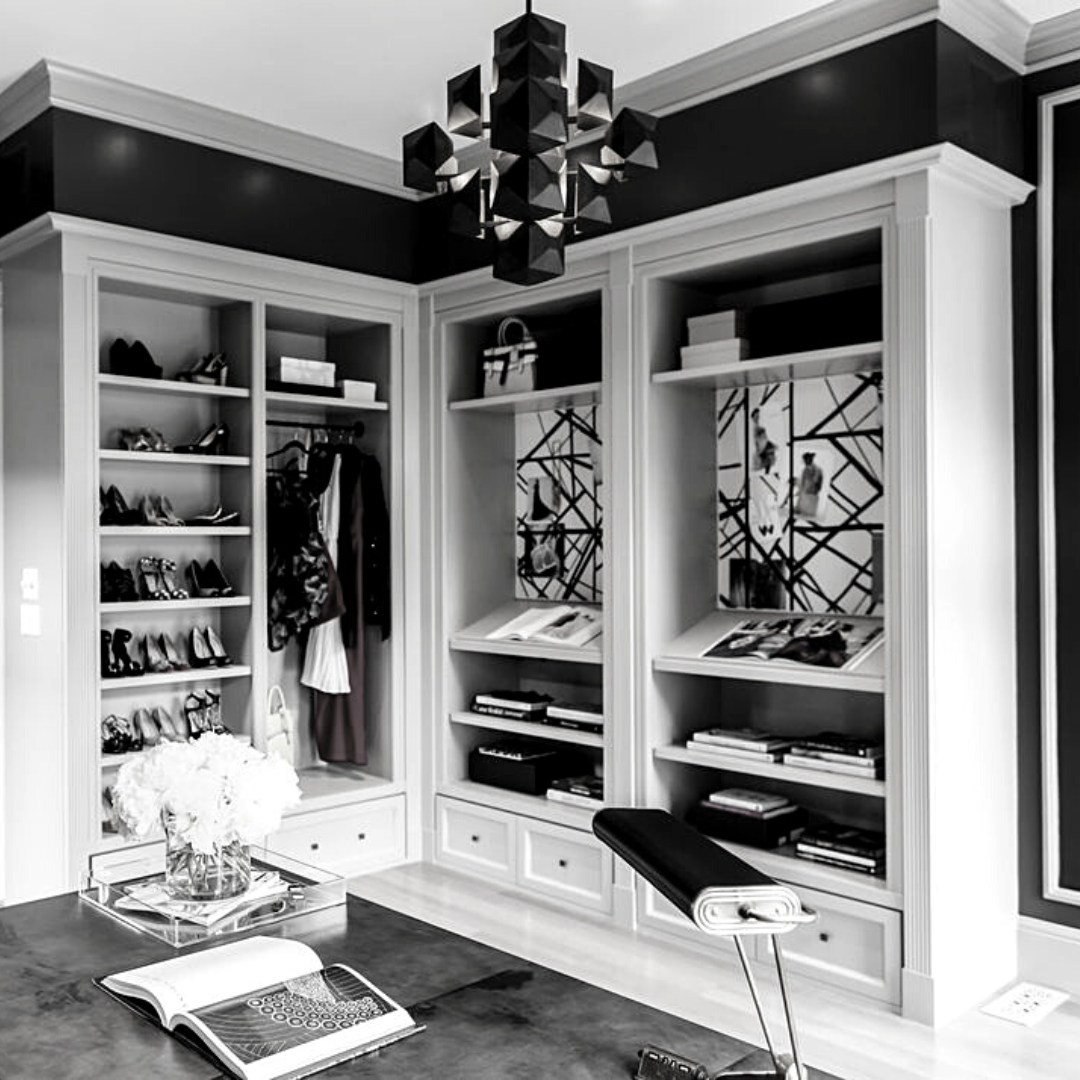Interior Architect vs. Interior Designer: The Key Differences Explained
When it comes to transforming the homes we live in into beautiful, functional, and harmonious environments, two professions often come to mind: Interior Architects and Interior Designers. Although the terms for these professions are sometimes used interchangeably, they are distinct disciplines, each with their own unique focus and sets of skill.
Here, we delve into the key differences between interior architecture and interior design, shedding light on the roles they play in shaping the spaces we live in, to help you choose the right path for your home renovation project.
What do Interior Architects and Interior Designers do?
Interior Architects
Interior architecture is a specialised field that primarily deals with the structural aspects and spatial configuration of a home's interior. Interior Architects (including Architects more broadly) are responsible for optimising the layout of spaces to ensure functionality, safety, and compliance with Australia’s National Construction Code. Their work often involves altering or reconfiguring existing structures and/or floor plans to accommodate the needs of its occupants.
Key responsibilities of Interior Architects include:
Space Planning: Interior Architects carefully plan how spaces are organised within a structure. They consider traffic flow, furniture placement, and the efficient use of available space.
Structural Modifications: They may be involved in making structural changes, such as removing or adding walls, to create open-concept spaces or divide rooms according to a client's requirements.
Building Codes and Regulations: Interior Architects must maintain an Architectural Registration via ongoing Professional Development, and stay updated on and incorporate Australian building codes and regulations into their designs to ensure their designs meet safety and legal requirements.
Material Selection: They choose materials and finishes that align with the aesthetic and functional goals of the project while considering durability, sustainability, maintenance and building codes. It is here where a very grey line can form between an Interior Architect and an interior designer.
Collaboration: Interior Architects work closely with engineers and builders to ensure their designs are seamlessly integrated into the overall building plan.
Interior Designers
On the other hand, interior designers focus on the aesthetics, atmosphere, and overall visual appeal of interior spaces. They are responsible for selecting colours, textures, furniture, lighting, and decor to create a cohesive and pleasing environment that reflects the client's personality and preferences.
Key responsibilities of interior designers include:
Concept Development: Interior designers collaborate with clients to understand their vision and preferences, translating them into a design concept that sets the tone for the project.
Colour and Material Selection: They choose paint colours, fabrics, flooring, and other materials that harmonise with the design concept and create a desired mood.
Furniture and Decor: Interior designers select furniture, fixtures, and decorative elements that enhance the overall aesthetic and functionality of a space.
Lighting Design: They plan the lighting layout to achieve the desired ambiance and functionality, considering natural and artificial lighting sources.
Project Coordination: They liaise with Architects, builders and clients to ensure the design is implemented accurately and efficiently into the overall building plan.
Education and Training
In Australia, both Interior Architects and interior designers typically undergo formal education and training, however specific, legal training requirements apply for Interior Architects which are not required for interior designers.
Interior Architecture
The title “Architect” is protected by legislation in Australia, meaning it is illegal for a designer to call themselves an “Architect” (including “Interior Architect”) unless they have completed the qualifications, accreditation and registration as required by each State or Territory’s law. In NSW this is controlled by the NSW Architects Registration Board. As such, Architects are recognised as holding a formal profession - much like Doctors and Lawyers.
An Interior Architect will have completed a Master of Architecture or Bachelor Degree of Interior Architecture, with a strong emphasis on the architectural aspects of the discipline. Their education includes coursework in building systems, construction technology, and structural design, all while considering Australian building standards and regulations. This knowledge equips them to handle the technical and structural aspects of interior spaces while complying with local requirements.
They are also required to undergo a certain amount of on-the-job work experience, and move through the requirements set by their State or Territory in order to attain their registration. And throughout their career, Interior Architects are required by law to undergo ongoing Professional Development (PD) training in order to maintain their registration.
You can read more here about the study, qualifications and registration Architects are required to do, in order to keep their registration.
Interior Design
There are no required industry accreditations or licenses in order to work as an interior designer in Australia, however most interior designers have undertaken formal education and work experience. Certification through professional organisations such as the Design Institute of Australia can enhance an interior designer’s professional standing.
Formal interior design education focuses on colour theory, spatial design, furniture design, and interior decorating, all within the context of Australian design and safety standards. While interior designers may have some knowledge of building systems and codes, their primary expertise lies in creating aesthetically pleasing and functional interiors.
Collaboration between Interior Architects and Interior Designers
In many projects, Interior Architects and interior designers collaborate to create cohesive and well-balanced interior spaces. Their collaboration ensures that both the structural and aesthetic aspects of a design are addressed effectively. Here's how they typically work together:
Early Planning: Interior Architects and interior designers often come together during the early planning stages of a project to establish the overall vision and layout.
Space Planning: Interior Architects develop the initial floor plans, considering structural elements and Australian building codes, while interior designers provide input on how the space should function, feel and look.
Material Selection: Interior Architects may select materials that meet structural requirements and Australian standards, and interior designers choose finishes and decor that align with the overall design concept.
Furniture Integration: Interior designers select furniture and furnishings that complement the architectural elements created by Interior Architects.
Lighting Design: Interior Architects may plan the placement of lighting fixtures, and interior designers select fixtures that enhance the design concept.
Project Coordination: Throughout the project, both professionals coordinate with the builder, tradespeople, and the client to ensure the design is executed according to the brief.
So, which one is best for your home renovation project?
Interior architecture and interior design are distinct but complementary fields within the realm of creating beautiful and functional homes and interior spaces. While Interior Architects focus on the structural and spatial aspects of a space, and can bridge into the interior design aspects of a home, interior designers solely concentrate on the aesthetics and atmosphere.
Which one is best suited for your home renovation project depends on the scope of your project. For example, if you are planning to knock down or push out walls as part of a major internal renovation, you will need an Interior Architect. However, if you are simply looking to visually update the overall look of a room or interior space without changing any of the built structures within your home, then an interior designer is your best bet.
Here at MILEHAM, we provide architecture services (including interior architecture) for major home renovation projects. As a part of all client projects, we also include an interior design service focused on the fixtures, fittings and other hard material selections. For clients looking for a more holistic interior design service which includes soft furnishings and colour selection, we collaborate with a curated book of select independent interior designers, to bring together the overall visual aesthetic of your home.



